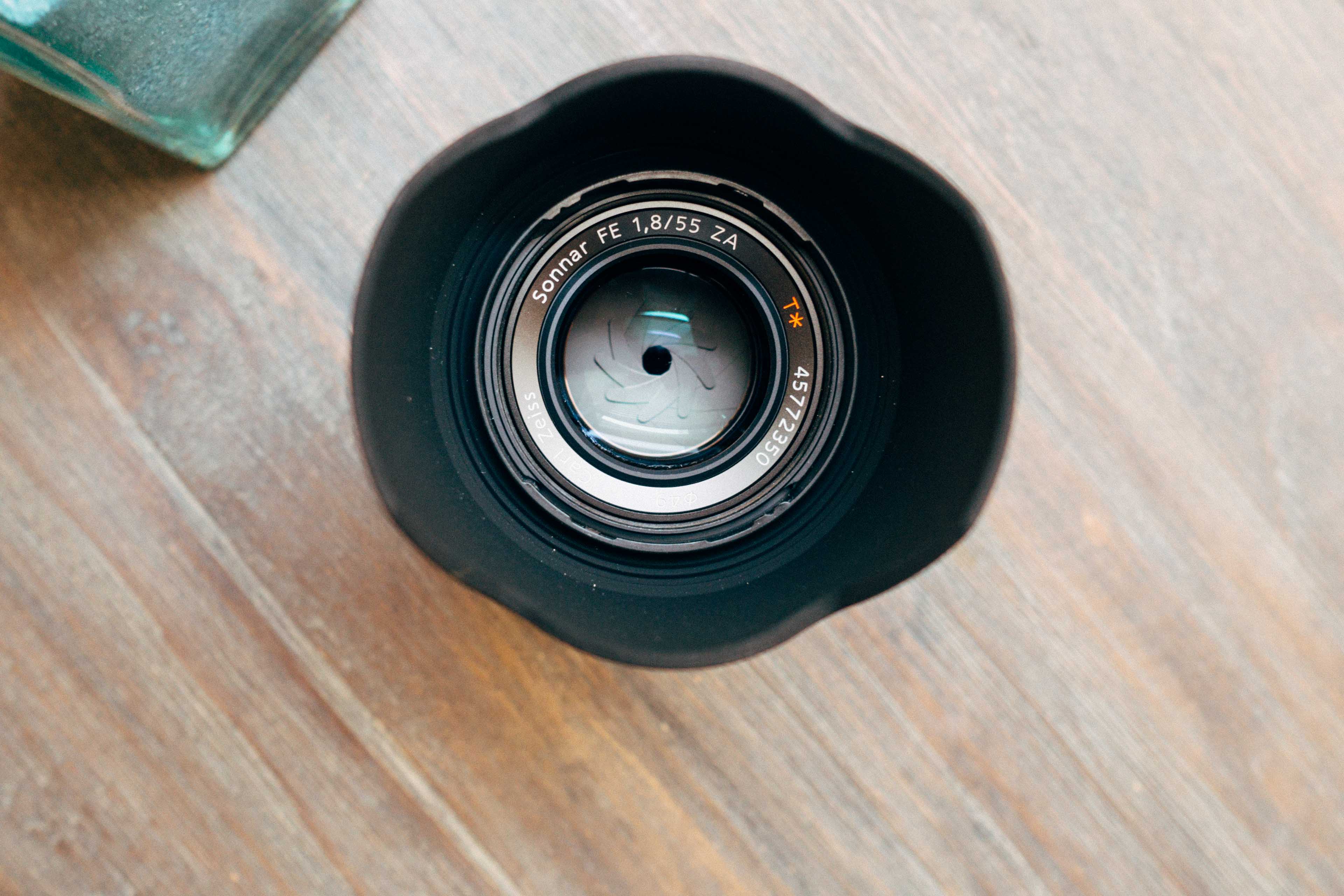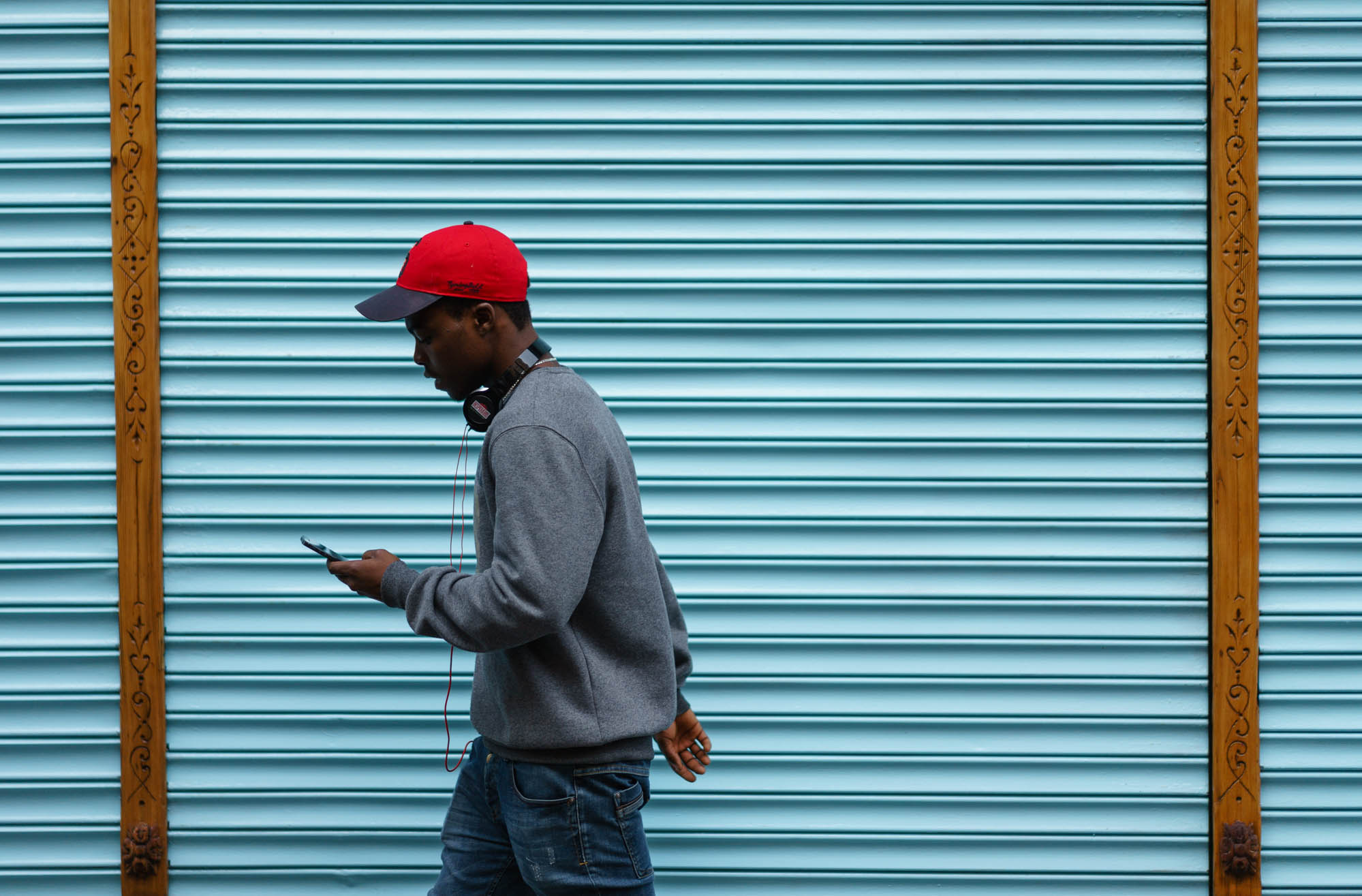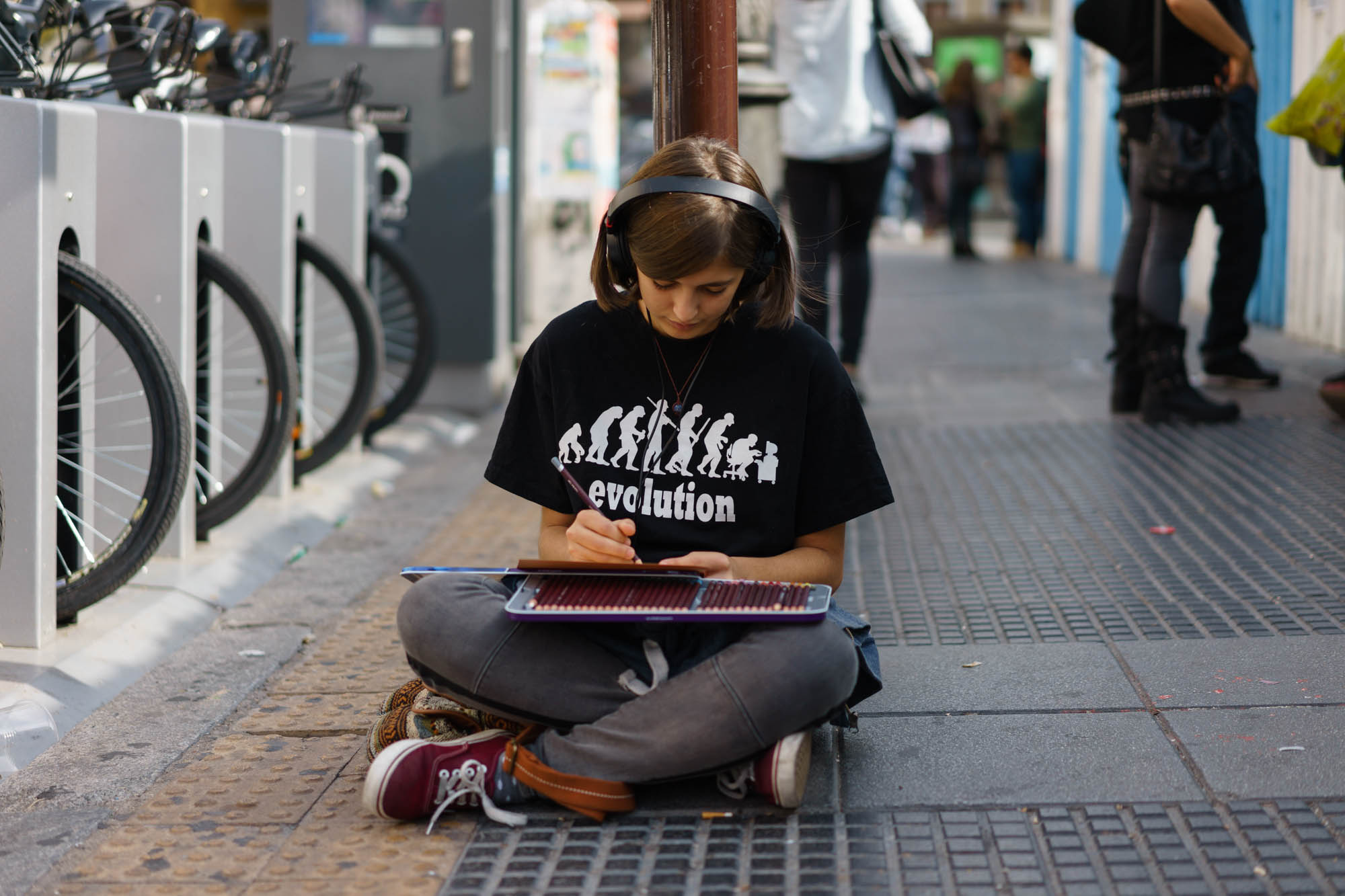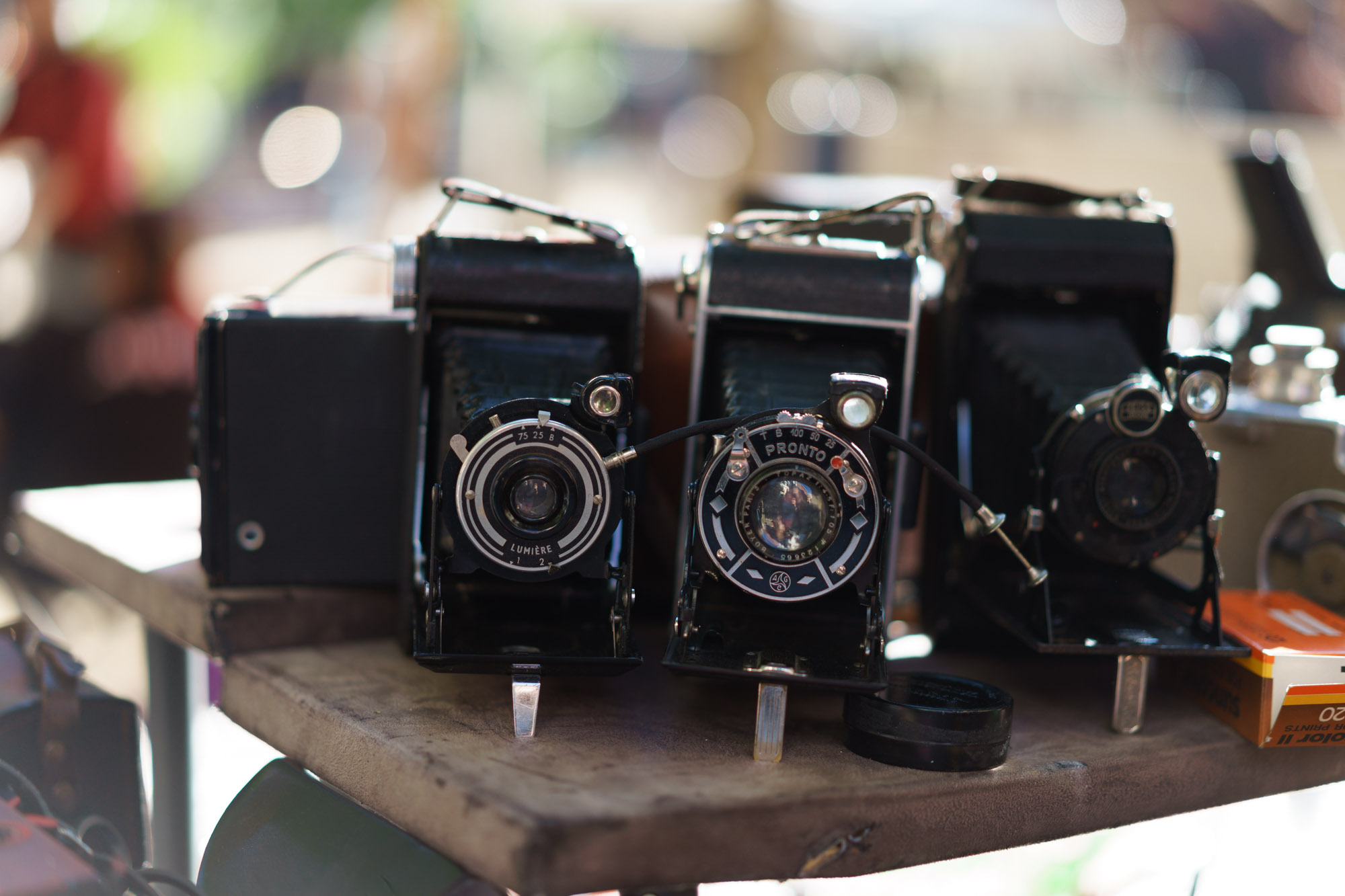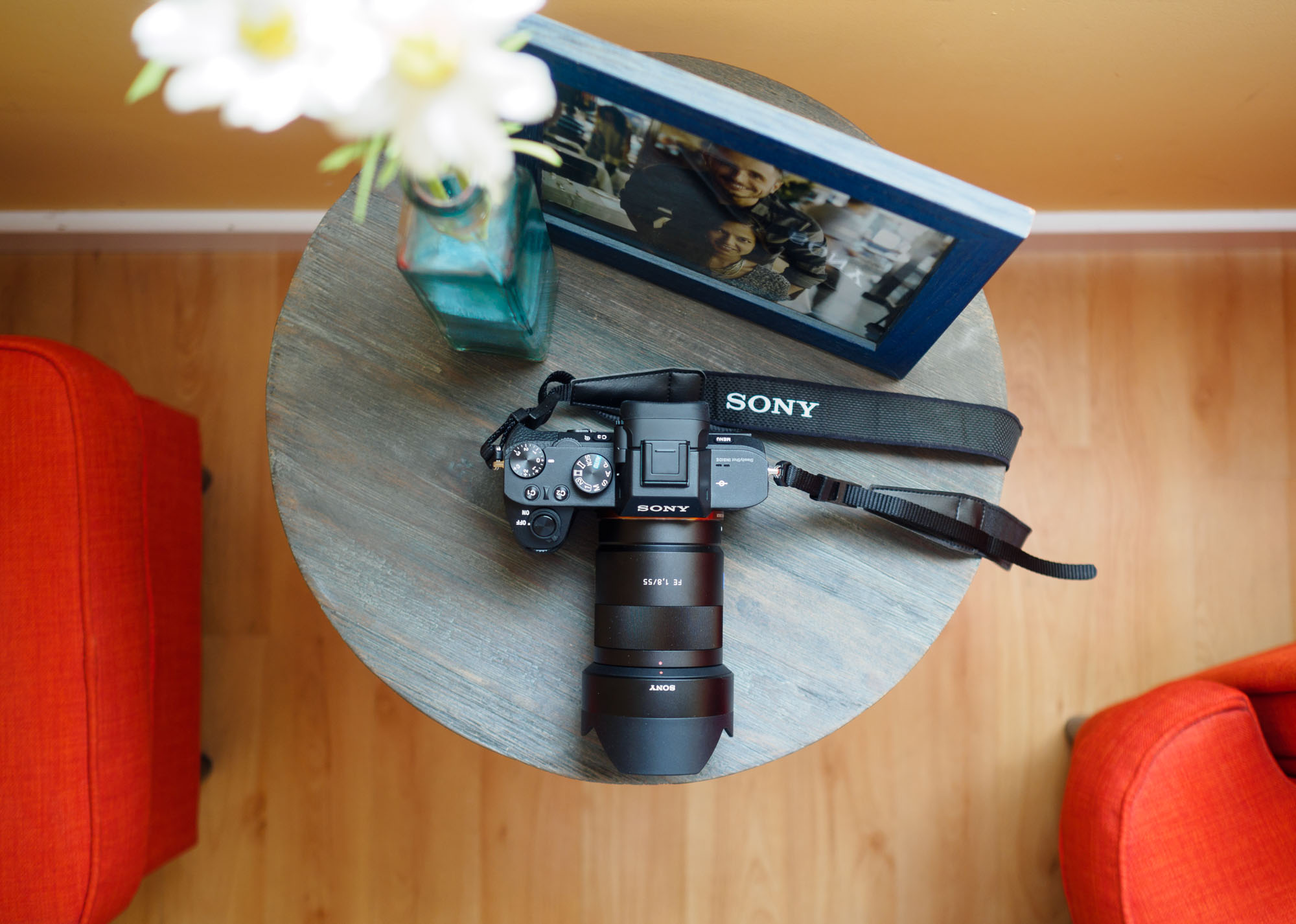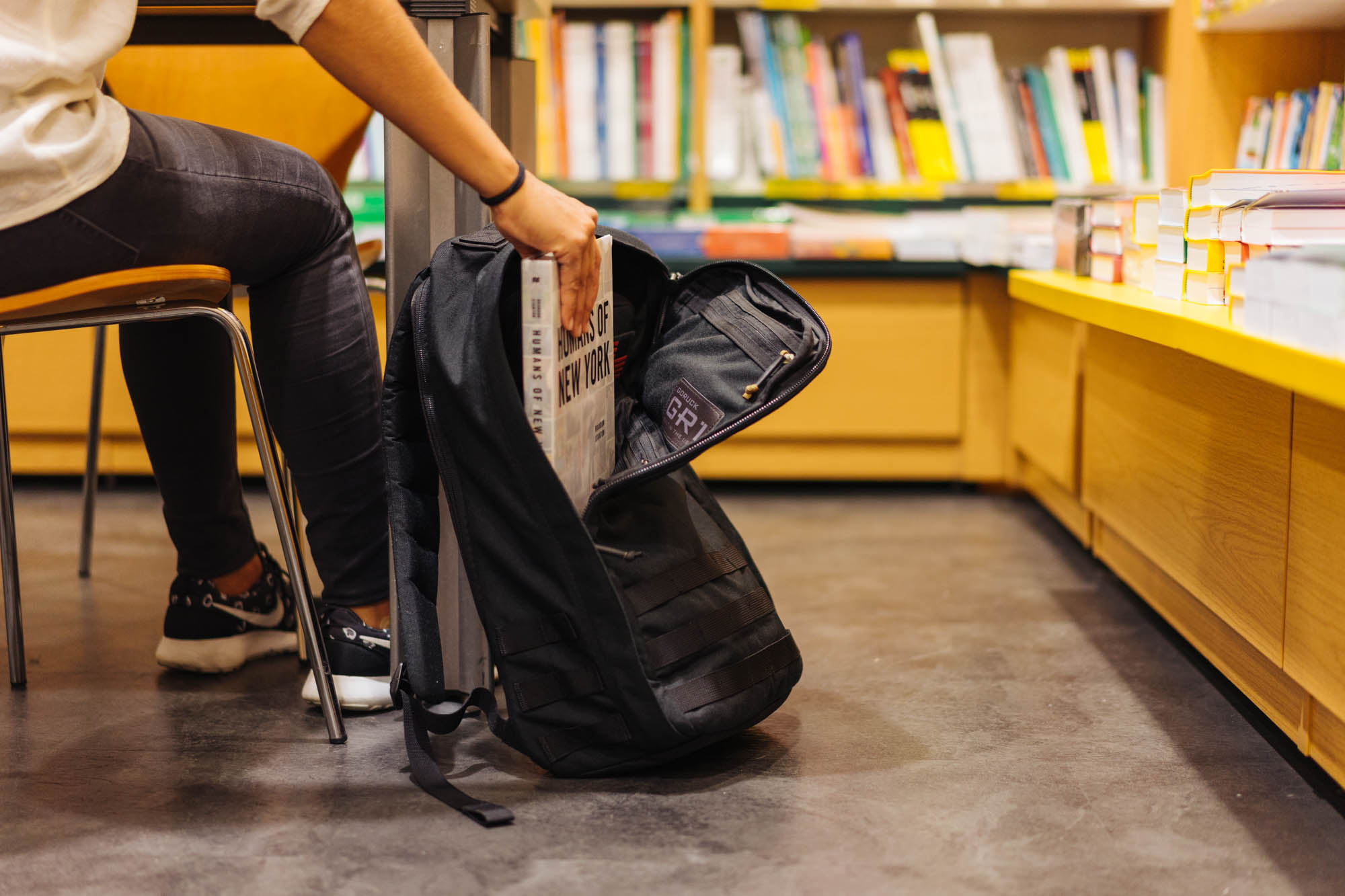Welcome to another issue of Morning Coffee. I hope you all got you new Apple TVs already, and I also hope you won’t stay the whole weekend at home sitting in front of it like mindless drones.
If I may make a suggestion, this would be a great time to sit on the couch — or, if you prefer, pay a visit to your favorite barista — grab a nice hot cup of the good stuff, and enjoy some interesting pieces of writing.
Lucky for you, I happen to have just the thing.
Issue #21: Making a digital scale, the ethics of ad blocking, and the rise of the writer’s space
This week’s issue includes some of the usual nerdy stuff — like how to turn your iPhone into a digital scale — some of the usual important stuff — like why CEOs should fight patent trolls and why online abuse matters — and some of the usual photography stuff — like camera and lens comparisons, packing for Fashion Week, and shooting in New York City.
Enjoy.
This cool story has been making the rounds on the Internet all week, and it’s easy to understand why. When a developer comes up with an ingenious idea to use the technology in the iPhone in new and exciting ways, only to see Apple reject the app for what seem like totally arbitrary reasons, people get understandably frustrated.
I don’t think it’s in Apple’s best interest to maintain this black-and-white approach when it comes to interpreting the rules. It’s often by thinking outside the box and coming up with new and innovative ideas to use existing technology in different ways that we create an opportunity for great things to happen.
♤
Riccardo Mori touches on something that’s been on my mind recently: the redesigned layout of Apple’s Magic Keyboard, and the new MacBook’s before it. Particularly, the new positioning and size of the arrow keys. Instead of the traditional ‘inverted T’ layout, the new keyboards come with full-sized left and right arrow keys, which apparently screws with muscle memory because pretty much everybody — myself included — uses the gap above the keys to feel your way around the keyboard in order to find the right position for your fingers to type on the arrows.
Clearly, we’ll all end up adjusting to the new layout, but what bugs Mori — and, to a lesser extent, me — is that there’s just no good functional reason to adopt this new design:
Of course, what else can you do? Apart from returning the keyboard, there’s no other option than adjusting to the new arrow keys design. I’m absolutely baffled by this change, because it’s simply poor design. It impacts usability, it goes against the majority of keyboards out there, it seems completely unnecessary and arbitrary, something like Let’s fill up all the space because the empty areas above the left/right keys don’t look cool. Something users have to take time and adjust to for no justifiable reason.
♧
I enjoyed this report on the legal case between Pegasystems and a patent troll called YYZ LLC. When CEOs decide to stand their ground against patent trolls and fight instead of just paying up, the entire industry is better off as a result. Kudos to Alan Trefler for doing the right thing, despite the financial risk to his company.
♡
Great piece on ad blocking by James Williams over at Practical Ethics, an official blog tied to the University of Oxford:
I often hear people say, “I use AdBlock, so the ads don’t affect me at all.” How head-smackingly wrong they are. (I know, because I used to say this myself.) If you use products and services whose fundamental design logic is rooted in maximizing advertising performance—that is to say, in getting you to spend as much of your precious time and attention using the product as possible—then even if you don’t see the ads, you still see the ad for the ad (i.e. the product itself). You still get design that exploits your non-rational psychological biases in ways that work against you. You still get the flypaper even if you don’t get the swatter. A product or service does not magically redesign itself around your goals just because you block it from reaching its own.
Exactly. You need to read this piece right now.
♢
Richard J. Anderson:
But let’s bring this discussion back down from the cosmic level. In the last year or so, online harassment and abuse has become a major issue, in no small part because of organized campaigns like GamerGate. Despite this, the attitude remains among people who should know better, that online harassment and abuse is less than real and worthy of their time. The idea that a harassed person can just turn off their phone, unplug their computer, and go about their life, blissfully free from the virtual slings and digital arrows of outrageous fortune is a myth. It has been for over a decade. The Internet is real life, not some sort of magical cyberspace that we can slip into and out of at will. It a part of nearly everything we do, and the people who are decidedly not connected to it are a shrinking minority.
Well said.
♤
Fantastic piece over at The New York Times.
♧
Evan Hughes, writing for The New Yorker:
There is something embarrassing about working from home. You wonder what the UPS man thinks of you when he delivers advance copies of new books. So this guy just reads all day? You worry that the prominent figure you are interviewing by phone can hear the refrigerator door or the neighbors’ kids upstairs. (Skype video interviews are even worse; the trick is finding a camera angle that doesn’t reveal anything blatantly domestic.)
As a writer who works from home, I so can relate to this. Luckily, there’s a way to make things better:
A relatively new institution, the shared writers’ space, fills a niche so small that it isn’t covered in Saval’s book. At these urban oddities, members get access to a quiet room or two full of desks, often with an adjacent eat-in kitchen, perhaps a couch—in other words, an office. But without a boss. And you pay them, instead of the other way around.
It sounds like a great place, but I could never get any work done there, for one simple reason: the silence. As Hughes writes:
It’s a different beast from the “co-working space,” where, as I understand it, startups and entrepreneurs gather under the banner of cross-pollination and ideation and use whiteboards. My writers’ space, by contrast, sternly enforces silence in the main room. White-noise machines, earplugs, and cough drops are provided, and a sign advises, “PLEASE WALK SLOWLY & LIGHTLY.” (The library-like atmosphere does present difficulties for reporting; I have called sources from the stairwell, as others walked past, to discuss their days dealing cocaine.)
That would be an absolute deal breaker for me, and I’m sure I’m not alone. Co-working spaces are becoming increasingly common among writers all around the world, and with good reason. I don’t know about you, but I find that having some noise and movement around me acts as a very effective shield that really helps me concentrate. By comparison, whenever I’m at home in complete silence, I often struggle to get into a decent writing rhythm, which is why I usually have some music playing, or a podcast episode I’m not even listening to, really. Anything works for me, except silence.
But the human connection is also important: writing at home can be a lonely experience, if you do it every single day. Going somewhere else where you meet actual human beings in the flesh helps a great deal, and sharing a common working space goes a long way towards creating a sense of community. All those things are conducive to better, more consistent creative output, at least in my case.
♡
Cool piece by Tyler Stalman on what it takes to prepare for a week of fashion shooting in New York City, London, Toronto and Paris. It’s not all about the equipment, mind you, you also need to look the part:
As a photographer no one is paying attention to you and that is the way it should be. A monochrome outfit is as much about being practical as it is about style. I heard about a photographer who was new to fashion week and wore a bright orange jacket. He drove every other photographer crazy because when he was in the background of a shot, all you see it a bright orange coat. Stick to simple colors, which for me is black, white and blue.
Photographers don’t need a three piece suit to to fit in at fashion events. Just keep it clean and minimal.
♢
I have the highest regard for the Olympus 45mm f/1.8 lens. In the 18 months or so I used the Olympus E-M10 as my main camera, this little gem of a lens was always my go-to piece of glass for portraits, and I even used it a fair bit for product photography and even street photography. My enthusiasm was obvious when I reviewed it for Tools & Toys, as it should be: it is a superb portrait lens.
Olympus also has the longer and more expensive 75mm f/1.8 lens in the lineup, and most people agree that it’s one of the sharpest and technically better corrected lenses in the MFT system.
A comparison between both lenses seems trivial, but for some reason I haven’t seen many of them around, certainly none that I can recall off the top of my head, which is why this piece from Heather over at MirrorLessons was so interesting to read.
The results, of course, came out as expected: the Oly 75mm is clearly the better lens, but the 45mm offers the better value. All in all, two excellent pieces of glass for your MFT camera.
♤
Tyson Robichaud got his hands on the new Panasonic GX8 MFT camera and he did an awesome in-depth comparison between the new 20-MP camera and his beloved Panasonic GX7. If you’re considering an upgrade or are otherwise interested in the GX8, this is a must-read for you.
♧
Gorgeous photoset by Jordan Steele in the greatest city in the world:
I hadn’t been to New York for a real visit since 1996, and back then, I was a casual snapper, having not really gotten into photography as a hobby and artistic endeavor until around 2003. As such, I really wanted to capture a few key prominent places, because while they have been captured by many photographers over the years, there’s a reason they are popular photography spots: they’re great subjects. These included the skyline from Brooklyn, the city from the top of one of the tall buildings (I chose to go to the Top of the Rock at 30 Rockefeller Plaza), Central Park, the new One World Trade Center and 9/11 memorial and Grand Central Terminal. I’ve wanted to photograph these for quite a while, so I’m very glad to have gotten the chance to do so.
Amazing stuff. This is making me want the Zeiss 16-35mm f/4 FE lens so badly.
♡
Afterword
It’s been interesting to read people’s first impressions on the new Apple TV and for the most part, I’m intrigued about the device. I will probably end up buying it, but I’m not in a great hurry to do so.
The truth is, I don’t usually think of the Apple TV as more than a device I can use to watch movies and TV shows and for that purpose, my current 3rd-gen Apple TV works just fine. I suppose getting Siri search to work across all apps and services would improve the experience somewhat, but I’m not really looking forward to playing games on my Apple TV, to be perfectly honest.
As for other, non-gaming apps, I’m sure there will be many interesting ways to exploit the new Apple TV’s capabilities, but really, how many of them will be things that we can’t currently do on our iPhones, Macs, iPads or, for those who own one, Apple Watches? The range of features and services that will be unique and exclusive to the Apple TV seems exceedingly small to me, and I’m not sure they’ll be all that compelling to begin with.
That’s not to say it won’t be better than the current version because in fact, I’m positive it already is — it’s just that I’m content with watching from the sidelines for the time being.
In the grand scheme of things, I’m a bit concerned that Apple seems to believe that the answer to all their long-term problems lies in more platforms, more OSs, more App Stores. In less than a year, they’ve added two new OSs to the ecosystem, and if the car rumors are true, we may even see a third one soon.
The potential for innovation that those new platforms create is great, but Apple needs to remember that building new platforms is not about making them popular for a month, or a year, but about making them sustainable. Apple has never had any problems with popularity, but we’re still not sure how good they are at sustainability.
The new Apple TV will probably be OK — people, after all, love on-demand entertainment — but Apple’s relentless drive to build new platforms capable of running 3rd-party apps may end up hurting them in the long run.
One of the reasons 3rd-party apps for the iPhone were so successful was that back in 2008, the iPhone was the only real game in town. If you wanted to develop a cool new mobile app, you needed to be on the iPhone. There was no iPad, no Apple Watch, no Apple TV, and not even Android to distract you from your goal. Today, the situation is very different.
Is it really wise to direct so much attention towards a brand-new platform, when the Apple Watch is heading into its first holiday quarter? All those new SDKs inevitably compete for the attention and finite resources of 3rd-party developers, and the lack of focus could well end up being worse than the lack of options.
It’s easy to be bullish on Apple — they are, after all, the most profitable company on the planet — but let’s not forget that so far they haven’t managed to replicate the original App Store success story on any other platforms: the iPad was built largely on the back of the iPhone and is already rapidly losing steam, the Mac App Store is far from a resounding success, and it’s still way too soon to tell if 3rd-party Apple Watch apps will be successful enough to create a sustainable market.
Apple is great at creating platforms and tools for developers to work with, but in their ambition, it’s possible they may be overwhelming those developers instead of helping them focus, and that may end up coming back to bite them.
♢
And on that note, I think it’s time to close this issue. I have a very good friend visiting in Madrid for the weekend, and tonight we’re celebrating the birthday of another one of my closest friends, so it’s hopefully going to be a fun couple of days ahead.
As always, thanks for reading, and have a fantastic weekend.

